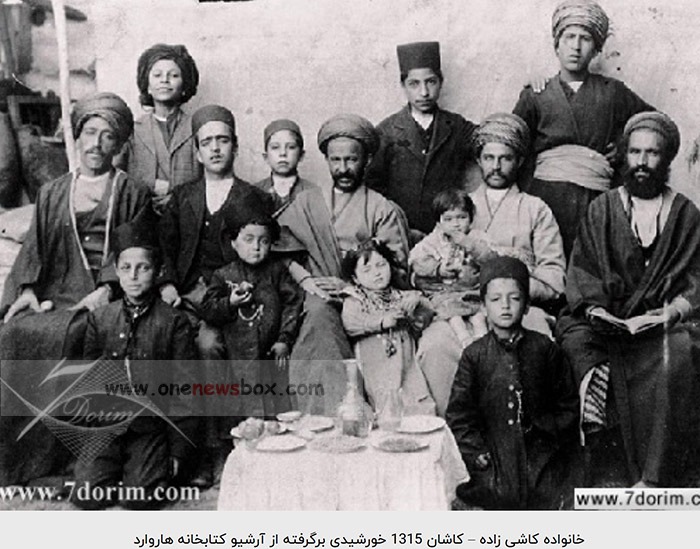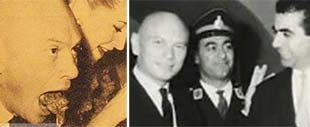The presence of Jews in Iran dates back more than three thousand years to the forced migrations of Jews from Israel to Assyria, Babylon, and the western and central parts of Iran over several successive periods. They have had close cultural and religious ties with other Iranians throughout history, such that in Siahkal, Jews fasted with Muslims during the month of Ramadan and participated in Sufi ceremonies in Kurdistan. Jews have been active in Iranian cultural life and consider themselves to be Iranian.
During the reign of Cyrus the Great, Jews were allowed to return to the Land of Israel, which had become part of the Achaemenid Empire, and rebuild their temple. However, a group of them remained in Iran and freely preserved their religion and culture. This account of Cyrus’ tolerance towards Jews in the Old Testament comes from the Bible, and for this reason, Jews around the world consider him one of the saviors of their people.
A number of sacred and historical Jewish sites are located in Iran, including the tombs of prophets and elders of the Children of Israel, such as the prophet Daniel in Susa, and the prophet Habakkuk in Tuyserkan, which are also respected by Muslims and Christians; as well as the tombs of several prominent Jewish elders, such as Harav Orsharga in Yazd and Rabbi Mullah Mesha Helvi in Kashan.
There is also a tomb attributed to Esther and Mordecai in Hamedan, which is highly respected by Jews.

